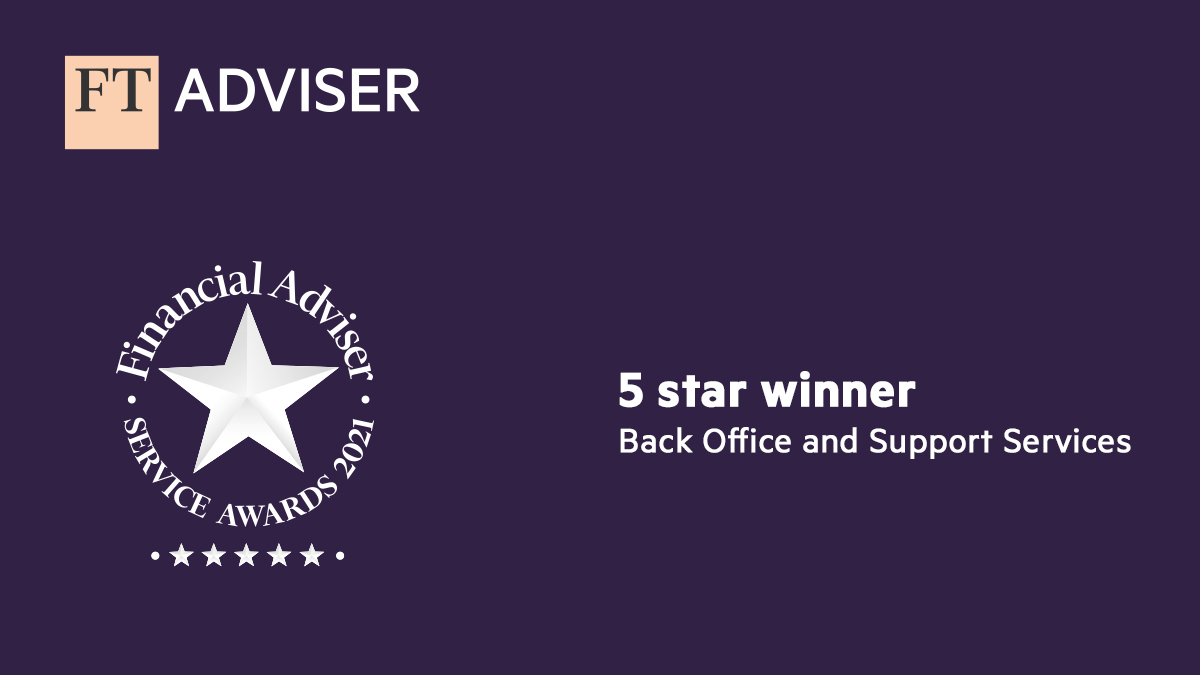
What I did this weekend…
I’m sure you’re all on the edge of your collective seats already!
Over the weekend (in addition to an unhealthy amount of gardening) I took advantage of the lockdown by doing some of the paperwork I’ve been avoiding for several months. Part of this included sorting out an old group pension scheme from my first employer ever to offer a pension scheme. Apparently, when I was in my early 20s I had an appetite for aggressively invested Far East equities…
I was only a member of the scheme for a month before moving on to pastures new. There was about £170 in the pot (before the COVID crash, so more likely a lot less now). I have an existing personal pension to which I’m contributing and which is invested in line with my current attitude to risk.
A few years ago I tried to do a DIY transfer of the small GPP pot into my personal pension. My current provider sent me a lot of long and confusing forms to fill in. I did nothing with these, subsequently got ill and it became the lowest of priorities and was forgotten about.
Anyway, fast-forward to the weekend just gone. I went on to my current provider’s website expecting to have forms to download, etc. Not a bit of it – I clicked a (relatively easy-to-find) link to “transfer funds from another provider”, entered my policy number and the provider’s details, confirmed that I’d not sought financial advice, confirmed the investment strategy for the new funds, and clicked a big “Transfer” button.
Why is this important?
You would be well within your rights to ask why on Earth I’m telling you a positive story about how easy it is for consumers to do a DIY pension transfer without seeking financial advice. My boss asked me much the same question! Bear in mind I’m NOT a financial adviser (although I am diploma qualified, and hold a number of pension qualifications). All I had to do was tick a box that said “I have not had financial advice”, then I was free to make whatever terrible decisions I wanted.
I’m pretty sure I haven’t made any terrible decisions, in this instance. There are very few mistakes you can make with a £100 pension pot. The moral of the story (if there is one) is that while it’s becoming ever easier to DIY things, that doesn’t necessarily make doing so a good idea. A quick search on YouTube reveals hundreds of videos about how to knock down load-bearing internal walls. B&Q sell all the supplies needed. So just because I have access to the resources and materials required to do the job, does that make it a good idea to do so myself?
As if we needed reminding – it’s getting easier and easier for consumers to do things themselves. As a result, it’s getting more and more important to emphasise the value added by good financial advice. My experience this weekend reminded me of an article I wrote back in 2015 (Originally published in AdviserLounge 1st November 2015). So I thought I’d share the original article on our blog – in its full original glory, for your reading pleasure. Enjoy!
DIY (Financial Planning) SOS
In a world of ever-increasing regulatory and compliance costs, it is a sad truth that some of these costs must necessarily be passed on to clients. When robo-advisers can offer those same clients “bespoke” portfolios, and investment management solutions at the price of just a few basis points, why should they turn to you for advice rather than just do it themselves?
 Some of you may be familiar with a program called “DIY SOS” but, for those who aren’t, I’ll fill you in on the premise. BBC camera crew visit a house which is falling down. A vet moved his family into the house 5 years ago, and decided he was going to put up an extension at the back, and knock through some internal walls. Unfortunately, he didn’t have planning permission, didn’t realise the internal walls were structural and, crucially, didn’t have a clue about how to build an extension. The family are now eating, sleeping, and living in utter misery in the kitchen, scared to venture upstairs for the fear that the entire house will collapse in on itself like an undercooked soufflé. In sweep the DIY SOS team, who spend a week tutting, shaking heads, and generally ridiculing the ill-conceived and woeful attempts of the DIY-er, which have resulted in far more work than was originally required.
Some of you may be familiar with a program called “DIY SOS” but, for those who aren’t, I’ll fill you in on the premise. BBC camera crew visit a house which is falling down. A vet moved his family into the house 5 years ago, and decided he was going to put up an extension at the back, and knock through some internal walls. Unfortunately, he didn’t have planning permission, didn’t realise the internal walls were structural and, crucially, didn’t have a clue about how to build an extension. The family are now eating, sleeping, and living in utter misery in the kitchen, scared to venture upstairs for the fear that the entire house will collapse in on itself like an undercooked soufflé. In sweep the DIY SOS team, who spend a week tutting, shaking heads, and generally ridiculing the ill-conceived and woeful attempts of the DIY-er, which have resulted in far more work than was originally required.
The fact is that many people (I’ll refer to them as people for the purposes of this article, but did you know that many of your clients are, in fact, people too?) believe that professional services are expensive. They are correct, and with good reason. The people performing those services are qualified (in some cases very highly qualified) to perform their jobs.
If you went to the dentist and were told that you need work costing £500, would you try it yourself at home to save a few quid, or defer to the greater experience and qualifications of the dentist? I’d like to think that 99% of people would choose the dentist. So why do clients with money to invest, or protection needs, shirk offers of advice from highly qualified individuals and attempt to “go it alone”?
The answer is that some clients don’t seem to be able to quantify the value of financial advice in the same way that they can quantify the value of dental surgery. They see RoboAdvice Limited’s 1% fee and think “hey, I’m doing this myself for a fraction of what I’d pay an IFA”. Equally, they could go to ComparetheSmallAfricanMammal.com and buy a term assurance policy to protect their family in the event of their death, thinking “half a million sounds like enough, let’s go for that…”.
The truth of the matter is that half a million pounds might leave their family woefully under-insured (I’ve blogged previously about how to quickly and accurately calculate life assurance requirements using Cash Flow Modelling software), they might end up paying more for the policy than they would through an IFA and, actually, RoboAdvice Limited’s 1% fee, plus trading fees, fund charges and administration charges mean that they need to achieve 7% return just to inflation-proof their money.
The value of Cashflow
So how do we make the value of advice transparent to clients and potential clients… let’s call them “people”. How do we help people realise that good financial advice is just as necessary as dental surgery or getting a builder in to do that DIY job that’s probably just beyond our abilities? Could Cash Flow Modelling be the answer?
A lifelong Cash Flow model provides a framework for discussions with your client and helps them to visualise their financial position. The ability to drill down into calculations in an interactive and dynamic way gives them confidence in the accuracy of your advice and, therefore, the achievability of their plan. Above all, you can demonstrate to them that they aren’t just figures on a fact-find, but that you genuinely understand them as a “person”. You can challenge their goals and assumptions to uncover their underlying motives and values, and help them to arrive at a financial plan for their future. Then you can start to have fun with the plan – to experiment with What-If scenarios and help them to make important decisions about life, not about products.
I’m not saying that software is the “golden bullet”, which will suddenly have hordes of clients flocking to your offices, with bundles of £50 notes clutched in their eager hands, but if it helps to convey and quantify the value of the service that you as an adviser can provide to your client, then perhaps it’s worth considering.
Not using cashflow already? Why not give Truth a go?


